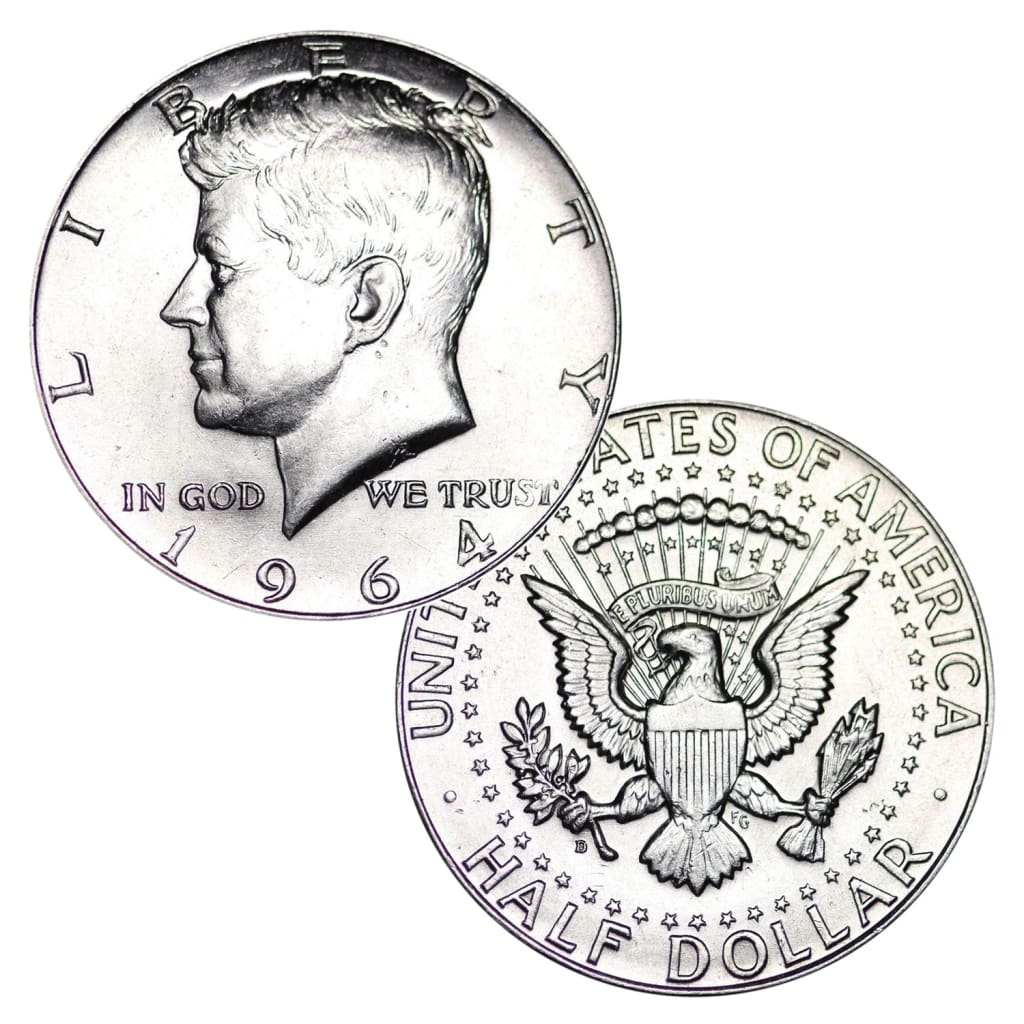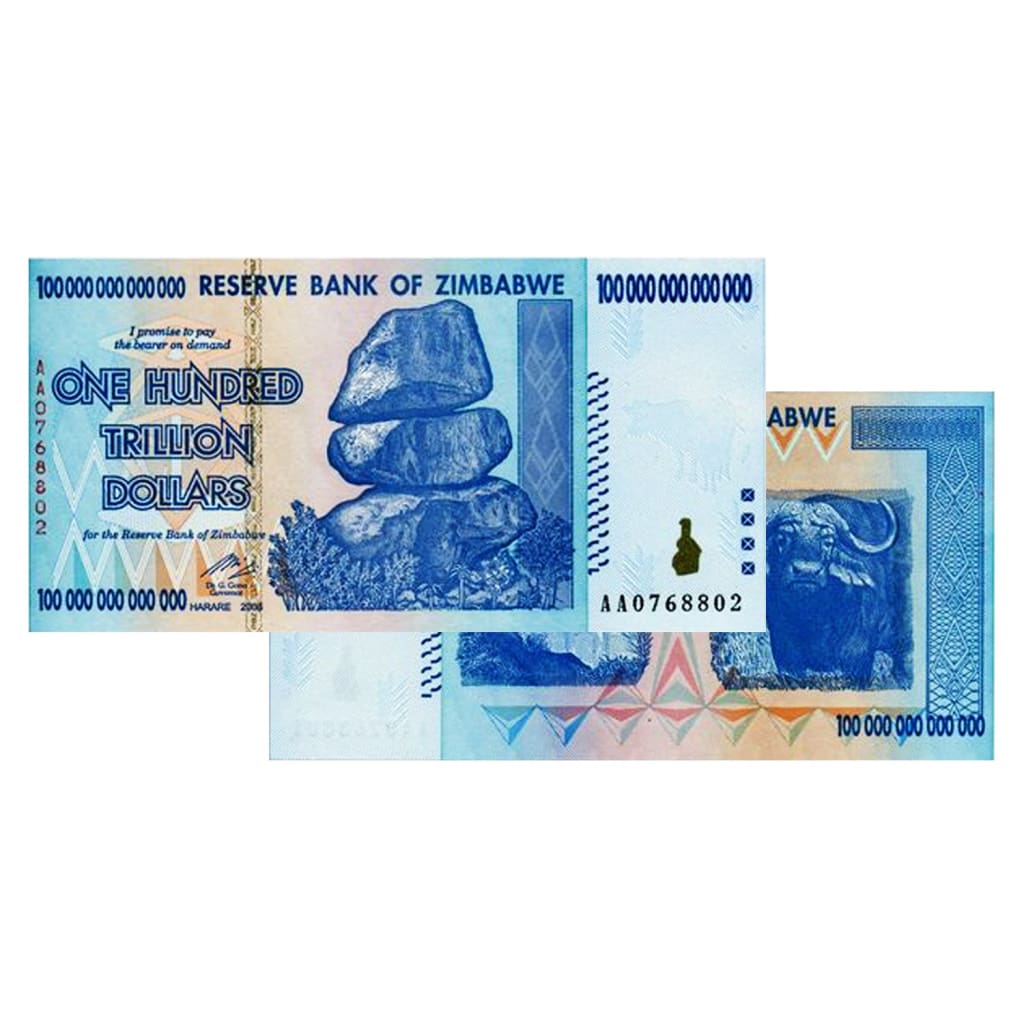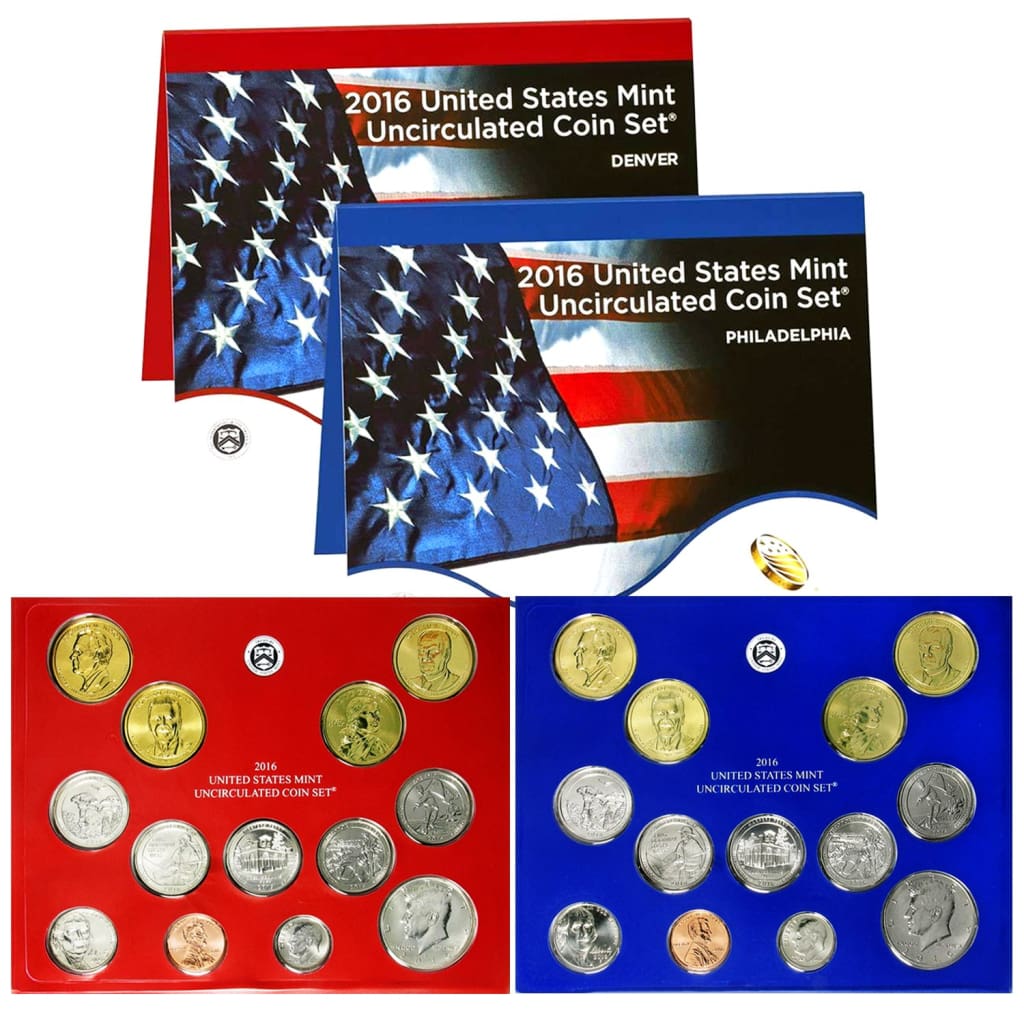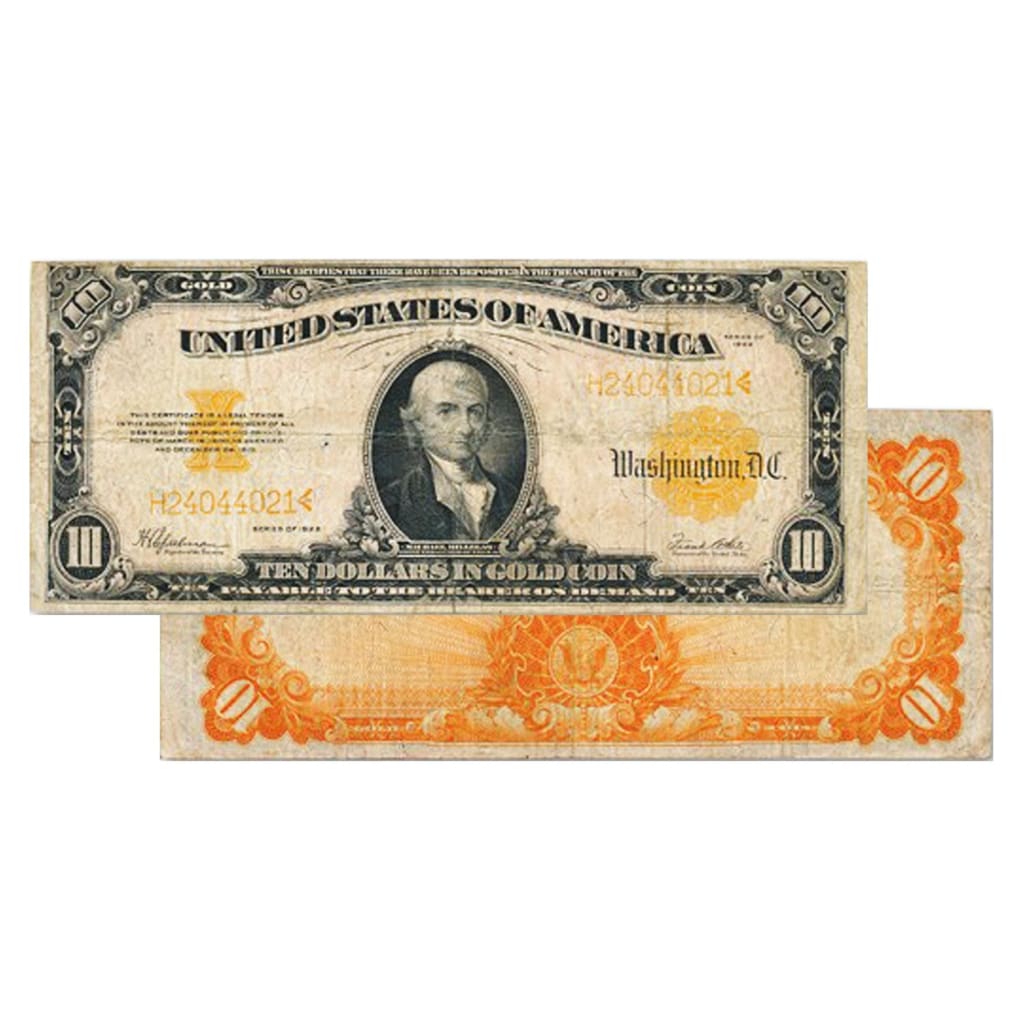A US one-cent coin was approved by the Continental Congress in 1787, five years before the US Mint was created by an act of the US Congress. It was designed (probably) by Benjamin Franklin, made of 100% copper, and carried the motto “Fugio,” Latin for “I fly,” on its face, which gave it it’s popular name, the Fugio Cent. Around 400,000 were made by a private contractor, of which about 1,650 are known to still exist. Lower grade samples are still readily available for a few hundred dollars, while high quality coins are rare and sell for upwards of $20,000. At least 55 variations are known to exist and can have a major effect on price.
The First Official Penny
The official US one-cent coin came into existence in 1793 at the new US Mint in Philadelphia. Known as the “Flowing Hair” cent, it was made of copper and was 1 ⅛ inch in diameter. Nearly the size of the current half dollar coin, it was the first of the so-called large cents that remained in production with seven different designs through 1857.
Modern Pennies
The modern “small cent” was introduced in 1856 to offset the rising price of copper and has had three different designs. The Flying Eagle design was made from 1856 to 1858, when it was replaced by the Indian Head cent. In 1909, the Lincoln Cent was introduced to commemorate the 100th anniversary of Abraham Lincoln’s birth and has remained in production since with several changes to the coin’s reverse design.
Penny Prices
The 1943 Steel Wheat Penny was accidentally struck when the Mint was converting back to copper cents from the wartime steel coins. Only a few were produced and none were released into circulation. If you have one in mint condition, it’s worth over $100,000, but zinc-coated copper fakes abound, so don’t get excited until you have it professionally evaluated.
Rarity and condition are what determine a coin’s value, and mistakes are among the rarest. But even commonly made coins can bring high prices. Here are some ranges based on information current at this time:
Large cents
You’ll only find most of these at dealers or in museums. Or buried in your back yard. Maybe. But some are surprisingly affordable if you’re not fussy about condition.
|
Design |
Years |
Low $ |
High $ |
Comments |
|
Flowing Hair Chain |
1793 |
5,000 |
2,750,000 |
|
|
Flowing Hair Wreath |
1793 |
1,900 |
700,000 |
|
|
Liberty Cap |
1793–1796 |
350 |
200,000 |
|
|
Draped bust |
1796–1807 |
90 |
185,000 |
|
|
Classic Head |
1808–1814 |
100 |
210,000 |
1813 Small Date highest |
|
Coronet |
1816–1839 |
28 |
300,000 |
1823 highest |
|
Braided Hair |
1839–1857 |
25 |
725,000 |
1856 Slanted S highest |
|
Braided Hair |
1868 |
? |
20,700 |
At auction 2007 |
Small cents
Flying Eagle cents are rarely found outside of collections, but Lincoln Wheats commonly turn up in circulation, and finding an Indian Head is not unheard of, so watch your change.
|
Design |
Years |
Low $ |
High $ |
Comments |
|
Flying Eagle |
1856–1858 |
23.00 |
17,500 |
1856 highest |
|
Indian Head |
1859–1909 |
7.00 |
10,000 |
1873 highest |
|
Lincoln Wheat |
1909–1958 |
.03 |
2,800 |
1914-D highest |
|
Lincoln Wheat - Zinc |
1943 |
.06 |
6.00 |
1943-S highest |
|
Lincoln Wheat - Bronze |
1943 |
14,000 |
500,000+ |
1943-S highest |
|
Lincoln Wheat - Steel |
1943 |
.10 |
100,000+ |
Many fakes |
|
Lincoln Wheat - Copper |
1943 |
60,000 |
85,000+ |
Many fakes |
|
Lincoln Wheat - Steel |
1944 |
2,100 |
100,000+ |
Many fakes |
|
Lincoln Memorial-copper |
1959–1982 |
|
340 |
1972 Double Die highest |
|
Lincoln Memorial - zinc |
1982-2008 |
.01 |
170 |
1983 Double Die highest |
|
Lincoln Bicentennial |
2009 |
.01 |
.32 |
Proof quality highest |
|
Lincoln Union Shield |
2010–present |
.01 |
.78 |
Denver mint highest |
As you can see, there is a lot to learn about the humble penny, and a huge range of values, even within rarer coins, so always have your pennies graded by a professional coin grading service and only buy from sources you trust.





